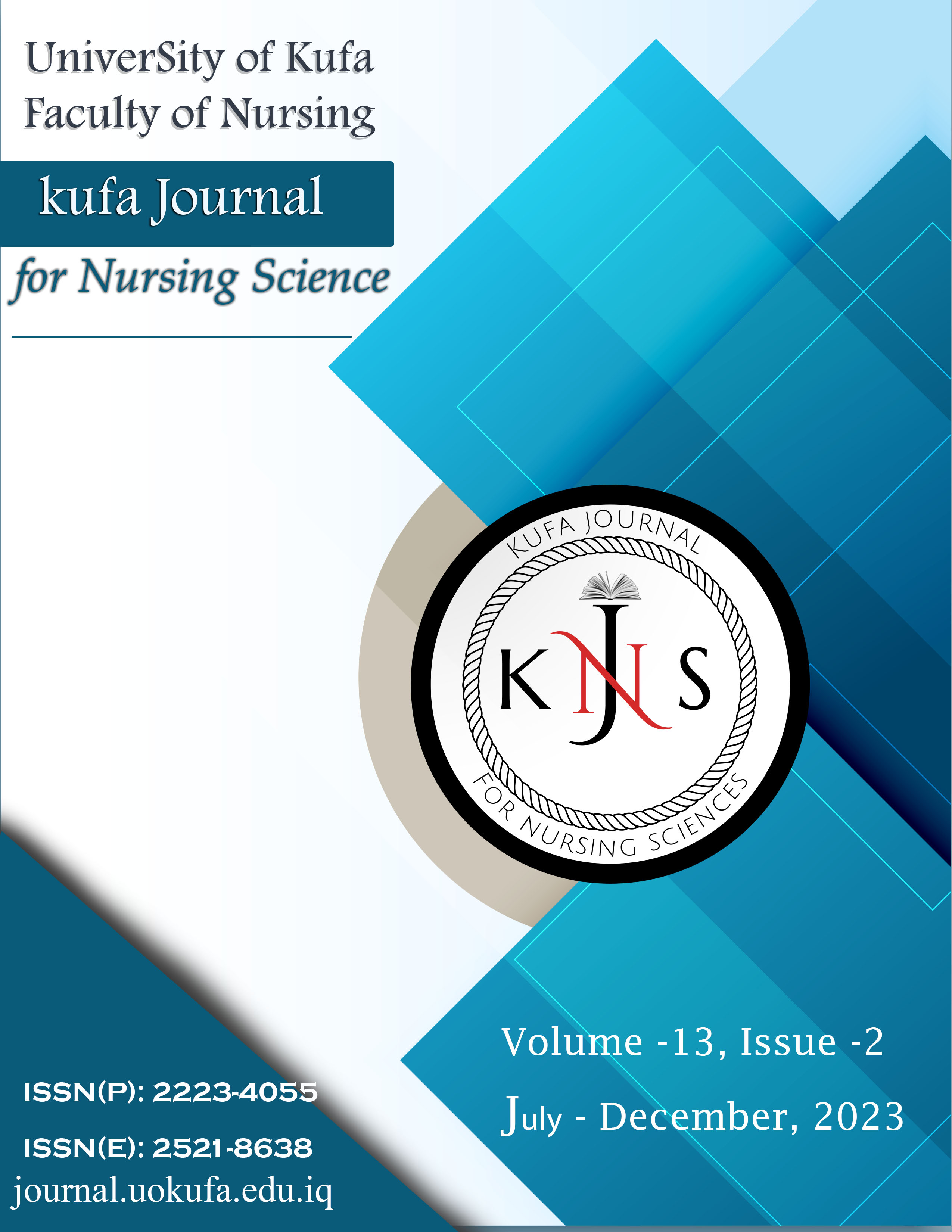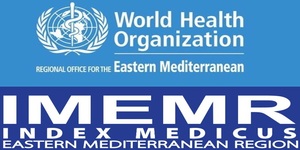Students' Attitudes Toward the Clinical Learning Environment and Clinical Supervision in Nursing College at the University of Mosul
DOI:
https://doi.org/10.36321/kjns.vi20232.12419Abstract
Background: Clinical training is a part of nursing education and it is the way to prepare nursing students to become responsible for providing high quality of care as nursing care professionals.
Objectives: Assessing students' attitudes toward the clinical learning environment and clinical supervision. Also, identifying if student class and the patient’s number in the wards had an effect on attitudes.
Methodology: A descriptive study design and choose a random sample consisted of (200) students from Nursing College at Mosul University. The present study was conducted from the 1st March of 2022 to the 1st of March 2023. The questionnaire comprises first section which contains demographic characteristics. The second section include (12) questions for a clinical environment, In addition, the third section was (12) questions for clinical supervision.
Results: Students had negative attitudes toward clinical supervision and the clinical learning environment (42%, 36.5%) respectively. The current study found a significant relationship between students' attitudes and the role of the clinical supervisor at a P-value equal to or less than 0.05.
Conclusion:Nursing students had mixed attitudes, with negative attitudes about clinical supervision and positive attitudes about the clinical learning environment. In addition, determining the class of students and the number of patients in hospital wards had an impact on students' attitudes
Downloads
Downloads
Published
How to Cite
Issue
Section
License
Copyright (c) 2023 Hanaa Hussein Mukhlif

This work is licensed under a Creative Commons Attribution 4.0 International License.













